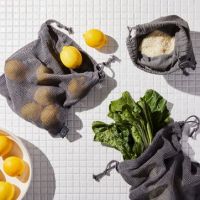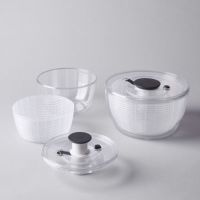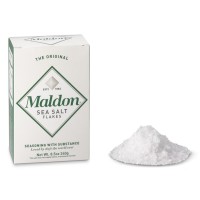
One of the greatest rewards of gardening is getting to eat delicious parts of the plant that are not commonly found at the grocery store. The golden blossoms from a squash plant are a seasonal treasure. These delicate flowers have a subtle floral aroma and mild squash flavor that makes them a versatile cooking ingredient.
How to Pick Squash Blossoms The Cucurbit family includes summer squash like zucchini and yellow crookneck as well as winter squash like pumpkin and butternut. These plants produce flowers or squash blossoms to reproduce. Each squash plant will grow both male and female flowers. The female flowers have small bulbs attached to the blossom that fruit into the squash, and the pollen from the male flowers fertilizes the females with help from pollinators like bees.
You want to pick some, but not all, of the male flowers for eating. You’ll know which is which because the male blossoms have long stalks that are attached directly to the stem of the plant. You can also wait for the female flowers to develop baby squash and eat the squash and flower together. If you wait too long, the female flowers will die and the squash will continue to grow.
It’s best to pick blossoms early in the morning when the bud is open and before the heat of the afternoon sun wilts the flowers. If you don’t have a garden, you can find them at the farmer’s market when squash comes into season.
 Female blossoms have baby squash attached whereas male blossoms emerge from long skinny stalks.
Female blossoms have baby squash attached whereas male blossoms emerge from long skinny stalks.
How to Clean and Store Squash Blossoms To clean, gently brush off any debris or dirt using a soft bristle or pastry brush. If you must wash, try and rinse only the bottom portion (not the inside of the flower) with cold water and gently pat dry. Before cooking, you’ll need to use long and narrow scissors or tweezers to snip out the stamen found inside the flower. Some recipes call for the stem to be removed, but this portion is very tender once cooked and I prefer to leave them on.
Squash blossoms are very perishable, so it's best to eat them the day that you harvest but they can last a few days if stored properly. I like to keep them in a colander topped with a slightly damp paper towel or inside of a mesh bag in the crisper of a refrigerator. The goal is to provide just enough moisture so they don’t dehydrate, but allow a little room to breathe so they don’t spoil.
How to Cook with Squash Blossoms Squash blossoms are deeply rooted in many cultures throughout the world, including Native American, Mexican, and Mediterranean. In Mexico, you’ll find them stuffed inside quesadillas with Oaxaca cheese or torn and added to roasted corn and poblano soup just before serving. Native Americans considered the squash sacred. One traditional method for cooking is to fry the blossoms with egg and flour batter and serve with sugar as a dessert.
Worldwide, stuffed and fried is one of the most common ways to cook squash blossoms. Italians stuff them with cheese or seafood then dip into a light and airy fritto misto batter. The Greeks are famous for stuffing their blossoms with rice and herbs and steaming them to cook.
Squash blossoms can also make a great addition to frittatas, salads, pasta, pizza, and risotto. I love to brush them with a light coat of oil and add to the top of squash cornbread so they can crisp in the oven.
Next time you see these golden flowers in the garden or at the farmer’s market, make sure to spend an evening in the kitchen enjoying them. Squash blossoms are delicious gifts from nature that you’ll never want to go to waste.









Conversation